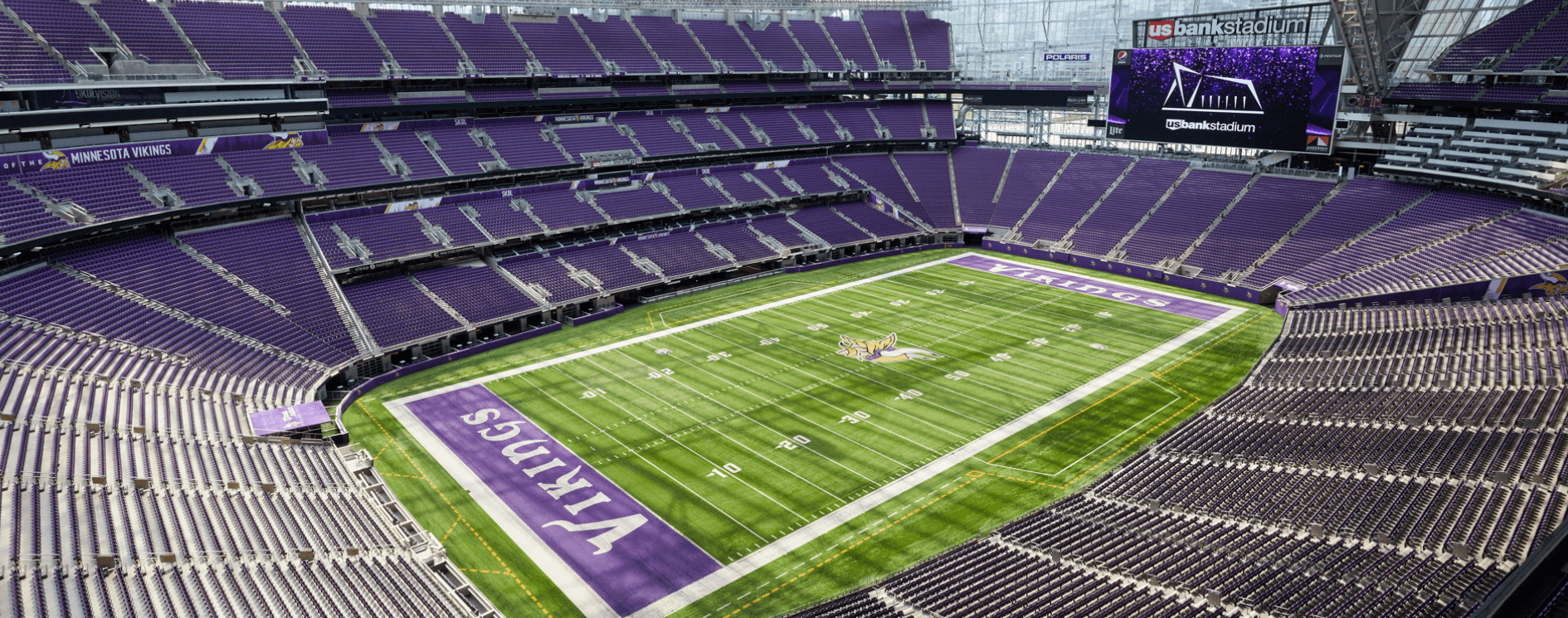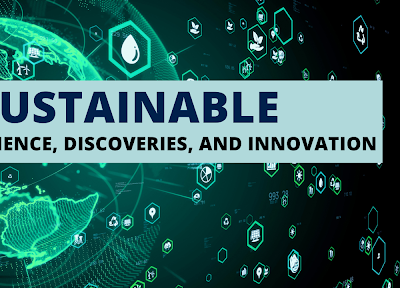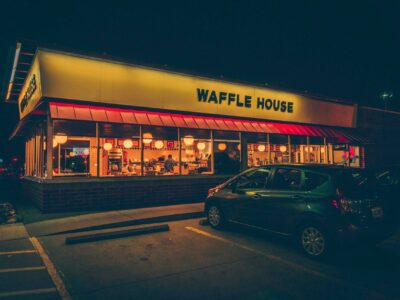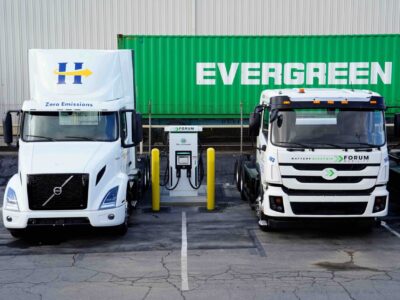Minnesota might lead the nation in sports facilities with LEED certifications (Leadership in Energy and Environmental Design). The Minnesota Twins’ Target Field is the only major league ballpark with two LEED certifications, and the Minnesota Wild’s hockey arena, Xcel Energy Center, is LEED-certified. The University of Minnesota’s TCF Bank Stadium was the first college football field to receive LEED Silver for new construction. And then there is the U.S. Bank Stadium, home to the Minnesota Vikings. Operated by the Minnesota Sports Facilities Authority (MSFA), it is the first professional sports stadium to get a Platinum certification (the highest LEED designation) from the U.S. Green Building Council (USGBC)
“The LEED Platinum certification is an achievement,” Patrick Talty, U.S. Bank Stadium’s then General Manager, stated in 2019. “We strive to continue to further reduce our carbon footprint and raise the bar for sports and entertainment venues from across the globe.”
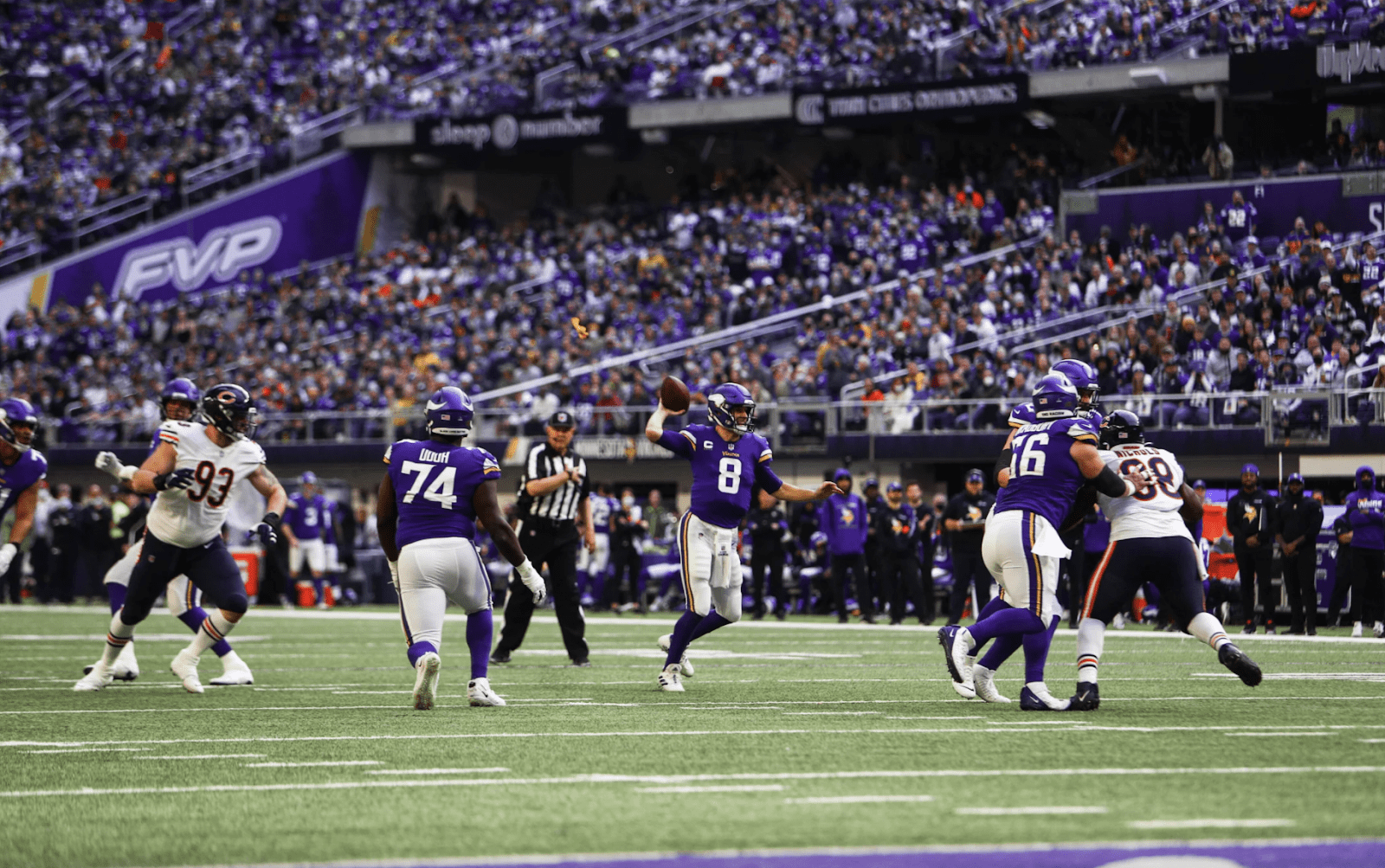
A public-private project funded by the state of Minnesota, Minneapolis, and the Vikings, U.S. Bank Stadium opened to great acclaim, winning several awards – including the World Architecture Festival Building of the Year and a Gold LEED. The Gold LEED acknowledged the sustainability elements involved in the design and construction, such as reducing the need for steel during the building process.
The stadium’s Platinum certification in 2019 recognized the work done in waste reduction, energy efficiency, and alternative transportation programs since its opening.
“As stewards of this facility, it is our responsibility to be on the forefront of sustainable operations,” explained MSFA chairman Michael Vekich. “In order to achieve our goals, we have educated our staff and clients, developed sustainable processes and procedures, and invested in state-of-the-art infrastructure for our stadium.” Among the stadium’s cutting-edge technology is “Arc” a digital platform that can track sustainability progress in real-time and then update the facility’s operations in such areas as water use, energy efficiency, and waste management.
The stadium’s smart building management systems have assisted in decreasing energy consumption by over 10% from 2016 and cutting electricity costs by approximately 25%. The venue also features AtmosAir, a hi-tech air purification system that can quickly pull heavy particles out of the air, reducing the concentration of volatile organic compounds. Replacing a large air conditioning unit with smaller, strategically placed units improved energy efficiency. Similarly, having LEDs in all the lighting systems (including field lights) instead of standard lights lowered energy usage by 75%.
However, U.S. Bank Stadium’s most spectacular feature is the 989-foot-long translucent ETFE (Ethylene tetrafluoroethylene) roof, the first one ever on a U.S. stadium. By being translucent, the roof lets in natural daylight, which assists in heating and cooling the building by reducing the need for artificial light and creating passive solar heating. Minnesota’s frequently extreme weather factored into the stadium’s construction. At the building’s west end are five huge, pivoting glass doors (75-95 feet tall) that let in natural light and (when the weather is warm enough) air, but can close on frigid winter days.
The sloped roof also creates an interior “heat reservoir” that stores solar heat, which serves to melt snow naturally. The innovative design is pitched, so snow slides down into a gutter equipped with a melting system. Rain, meanwhile, is handled by a stormwater collection system, which allows the water runoff to drain deep into the groundwater.
More water conservation is realized by the low-flow fixtures installed throughout the stadium.
Waste diversion experienced tremendous growth too. After reaching just 15% during that first year, the diversion rate rose to 46% in 2017, and 72% in 2018 and has averaged around 80% since then. Nearly 1,900,000 pounds of recyclable materials and 950,000 pounds of compost materials, according to stadium estimates, were diverted from landfills in 2019, with the remaining waste going to a trash-to-energy facility where it’s converted into steam that gets used to heat buildings in the Minneapolis area.
This impressive improvement has come from expanding composting throughout the stadium, especially in the kitchen operations. Almost all of the food packaging from concessions and suites gets composted. And the administrative offices switched to 100% post-consumer copy paper, reusable service ware, and filtered water coolers, resulting in a significant drop in plastic bottles. Sustainable purchasing practices also extend to the US Bank Stadium’s maintenance, with sustainable cleaning products used to create a healthful indoor environment.
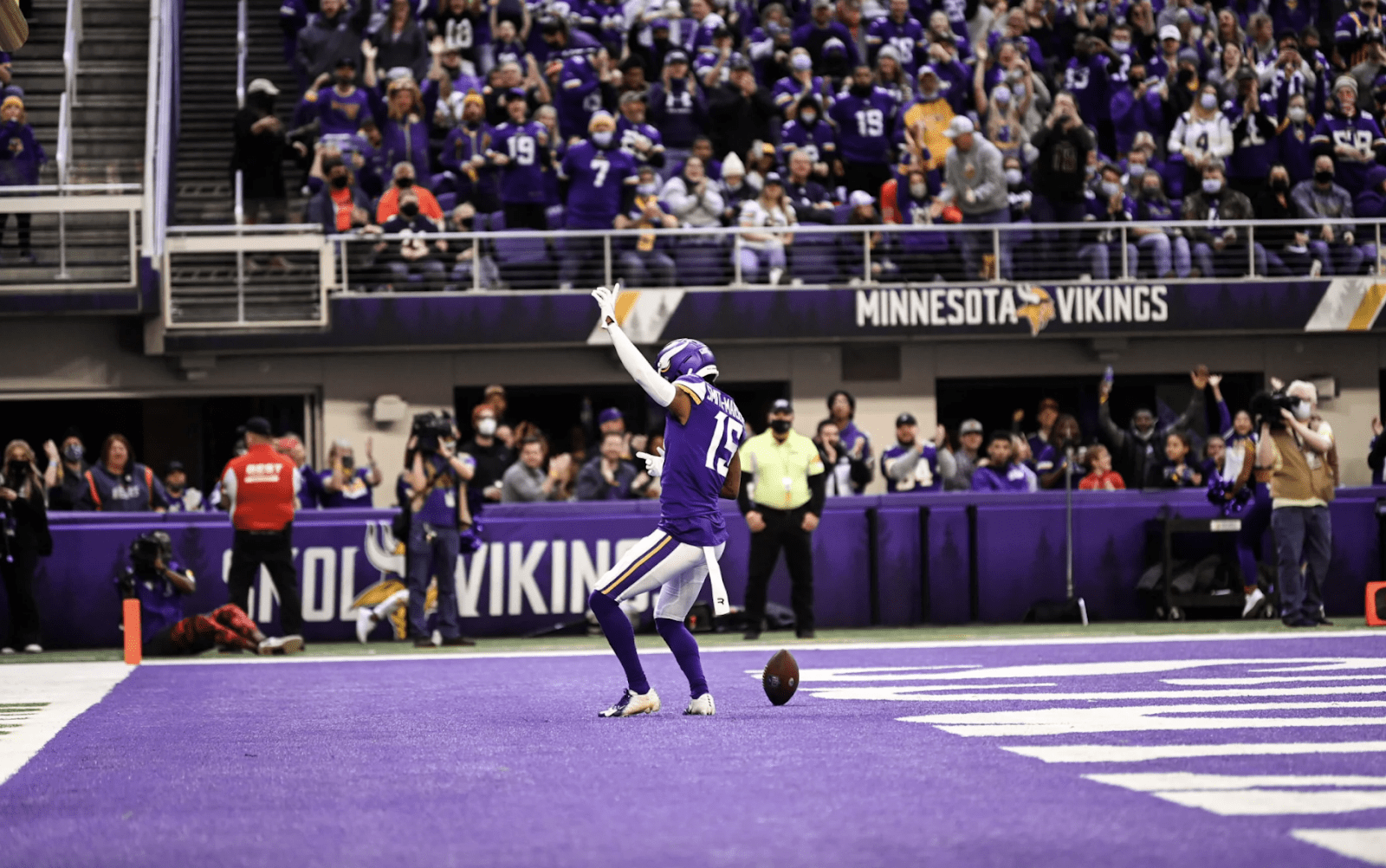
To sway people away from using alternative transportation instead of driving cars, U.S. Bank Stadium set up more than 180 bike racks – a move that made it the first stadium to earn a Bike Friendly Business certification. The stadium also cut down on CO2 emissions by over 510,000 pounds and its methane emissions by around 11,000 kgs through an increase in its organics rates. U.S. Bank Stadium also has been able to offset 100% of its energy with renewable energy credits.
The 2019 Platinum LEED certification followed the sensational sustainability success that U.S. Bank Stadium enjoyed when it hosted the 2018 Super Bowl. Not only was it just the second time that the Super Bowl was played in a LEED-honored stadium, but the game also wound up being the first-ever Zero Waste Super Bowl. The stadium was able to recycle, reuse, compost, or donate 91% of that game’s waste, which exceeded 69 tons. This triumph played a key role in the Rush2Recycle project, a partnership between the U.S. Bank Stadium, the NFL, PepsiCo, Aramark, and the Minnesota Sports Facilities Authority. Rush2Recycle programs involved having a tri-bin waste collection system with bins placed in concession stands, suites, club spaces, and other portable locations, organizing a post-game, contaminant-free waste sorting process, and utilizing a dedicated organics compactor. There were compostable service ware and products, such as cups, trays, straws, and utensils, while “bin guards” assisted fans in getting trash in the proper waste in proper waste receptacles. Additionally, 25,000 pounds of food was donated to local food banks and charities. These waste diversion accomplishments led the Green Sports Alliance to name U.S. Bank Stadium as its 2018 Innovator of the Year.
Part of U.S. Bank Stadium’s environmental initiative involves promoting sustainability to the community at large. Besides educating fans about recycling’s significance on game days, the stadium promotes sustainability awareness through other programs, such as STEM-focused education tours for grades K-12. “Sports bring people and communities together and U.S. Bank Stadium is a space that not only unifies Vikings fans but provides a healthy, green, and high performing building for all to enjoy,” USGBC president and CEO Mahesh Ramanujam explained in 2019, later adding,“(and has) exemplified extraordinary leadership in reshaping their community.”

